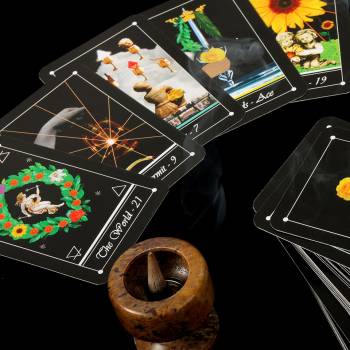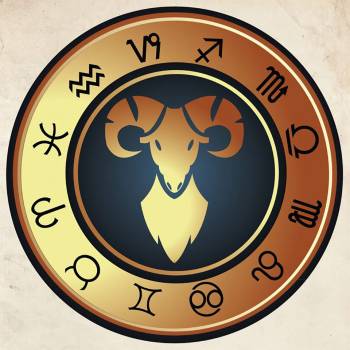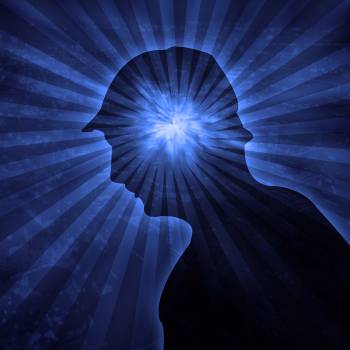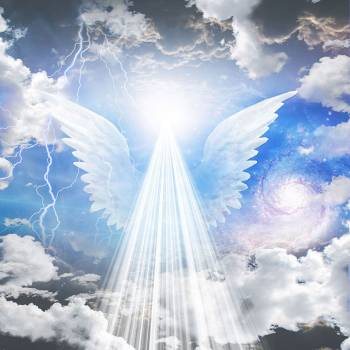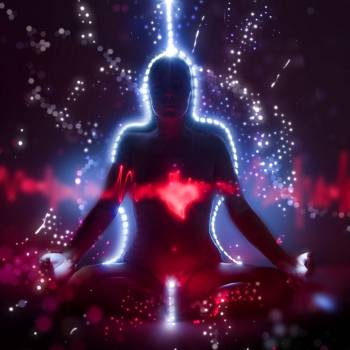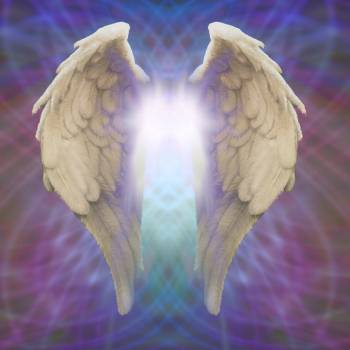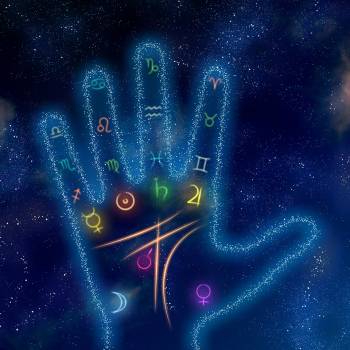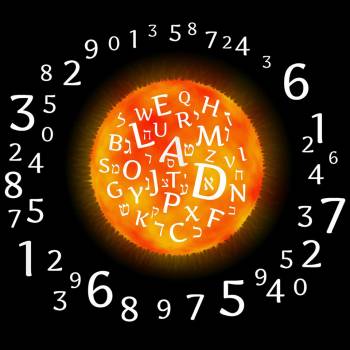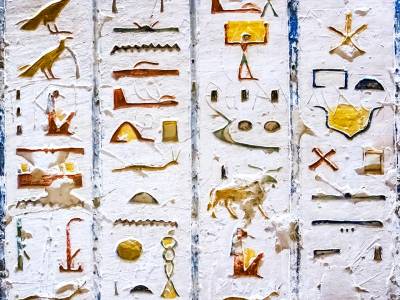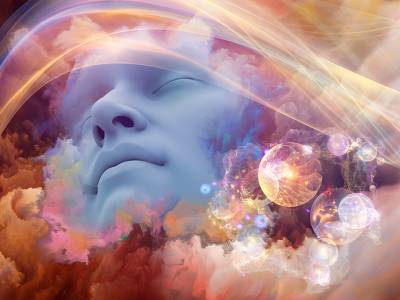In the darkest corners of history and myth, a chilling figure has lurked, captivating the human imagination for millennia—the vampire. While modern pop culture often depicts images of suave, immortal beings, the origins of these creatures are far more ancient and terrifying than we might imagine….
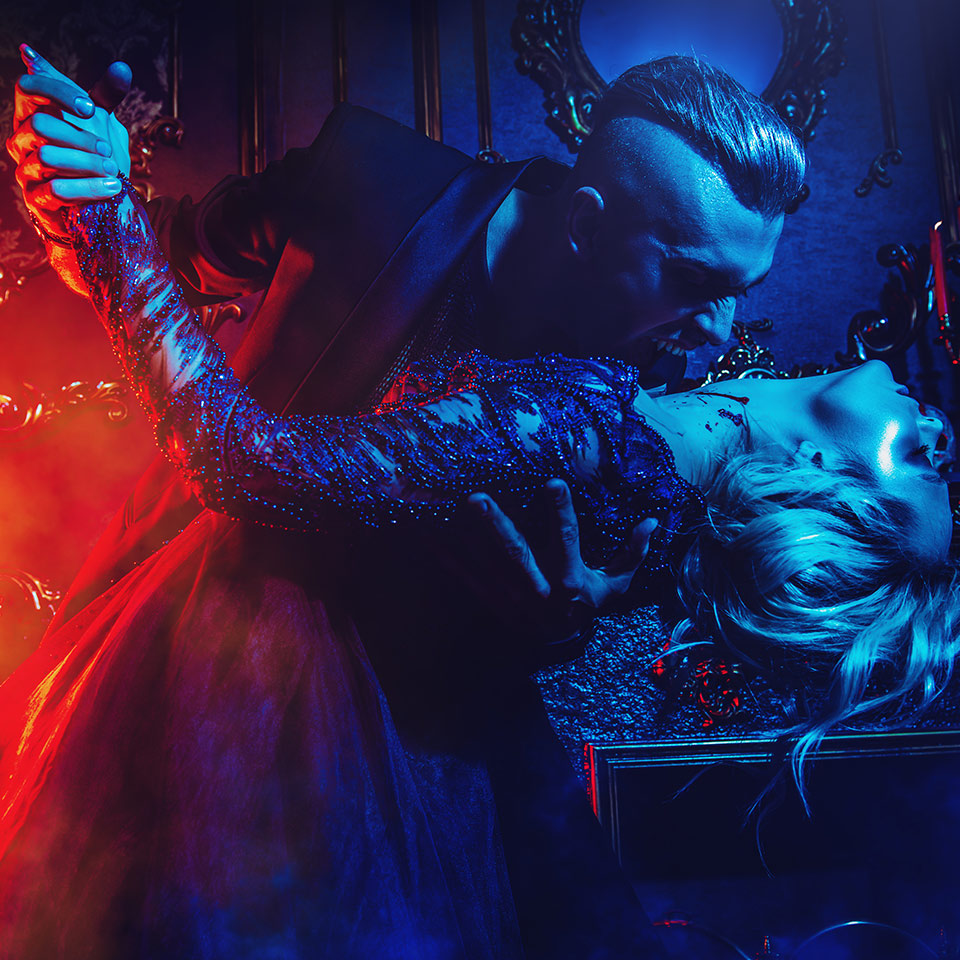
Ancient Vampire Origins
The stories of vampire-like creatures first took shape in ancient Mesopotamia. In Mesopotamian mythology there was an evil spirit called the Ekimmu (meaning “snatcher”): a vengeful soul that roamed the Earth seeking retribution. According to the stories, ancient Mesopotamians believed that the spirits of those who did not receive proper burial rites would come back as Ekimmu, haunting the living as vengeful ghosts, draining their life force and spreading death and sickness. These old Mesopotamian tales of restless spirits cursing the living may well have planted the early seeds that grew into our modern vampire myths over time.
In ancient Greece, there were tales of a creature called Vrykolakas. Unlike the typical romanticised vampires we see today in movies, the Vrykolakas were instead seen as restless and malevolent spirits of the deceased. They were believed to be reanimated corpses driven by a thirst for blood and revenge, terrorising the living!
The word “Vampire”...
The term "vampire" is derived from the Serbian "вампир" (vampir), which itself may have its roots in the Turkish word "uber" and the Slavic word "pirati," both meaning "to drink."
Recommended for you!
Best SellersShamanic Healing/Energy Healing Diploma Course
8 Modules
4 Videos
Various cultures had their own versions of vampire-like beings. From places like Greece to China, stories emerged of supernatural monsters that fed on the human essence to survive! They went by different names – Jiangshi, Vetalas, Lamia – but they always had that same vampiric hunger for life force or blood.
Lamia and Empusa
Greek Mythology is known to have many captivating, yet horrifying creatures, including two of the most terrifying: Lamia and Empusa. These two were seductive and deadly beings who embodied the darker aspects of the ancient Greek imagination.
Lamia was originally a beautiful queen who suffered a tragic fate. After being cursed by Hera, Lamia became a child-eating monster with the upper body of a woman and the lower body of a serpent. She was said to seduce young men, draining their life force to sustain her own unnatural existence.
Empusa was a shape-shifting demoness with a penchant for blood! She would often assume a beautiful woman's guise to lure unsuspecting travellers into her clutches before revealing her true form—a monstrous creature with brass legs and fiery eyes.
Jiangshi - China
Chinese folklore is rich with tales of the Jiangshi - a strange and terrifying reanimated corpse. These creatures are unique in that they hop, rather than walk, often with their arms outstretched. They are primarily associated with the search for vital energy or "qi." This aligns with the belief that life force is essential for a healthy existence, and the Jiangshi's quest for qi makes them particularly feared.
Jiangshi tales usually involve a corpse that has been reanimated due to improper burial or an excess of yin energy, which is the dark, passive, and negative force in traditional Chinese cosmology. In these stories, people encountering a Jiangshi would often witness a corpse clad in burial garments, and its appearance is often described as ghastly and terrifying.
Rakshasa - India
In Hindu mythology, there are stories of the Rakshasa. They’re often depicted as shapeshifters that are capable of assuming different forms to deceive and prey upon humans. With an appetite for human blood and flesh, the Rakshasa are considered to be malevolent spirits or demons. Although they don’t fit the traditional vampire ideal, they share common characteristics of vampire-like creatures from other cultures.
Draugr - Scandinavia
Over in Scandinavia, Norse mythology introduces the Draugr. These are reanimated corpses that serve as eerie guardians of their burial sites and treasure. These creatures are often depicted as decaying corpses with superhuman strength, are capable of shape-shifting, and possess a sinister intelligence. They embody the fear of the restless dead, as well as the greed that can lead to one's downfall.
Stories of the Draugr serve as cautionary tales to warn against the desecration of the dead.
Nosferatu and Strigoi - Eastern Europe
Eastern Europe is home to some of the most iconic vampire legends in the world. But there are two that you may not have heard of - Nosferatu and Strigoi.
The term “Nosferatu” gained recognition through the 1922 silent film of the same name. It is derived from the Romanian word “necuratu” which means “unholy” or “unclean”. The Nosferatu vampires were depicted as grotesque and monstrous with elongated fingers and fangs, embodying the fear and dread associated with the undead.
In Romanian folklore, the Strigoi are restless spirits who return from the grave to torment the living. In these communities, they are associated with witchcraft and malevolent powers and can take many forms, ranging from ghosts to vampire-like bloodsuckers!

Real-Life Vampires in History
Vampire folklore is filled with the supernatural and the imaginary, but there were a few historical figures who also ended up wrapped in a vampire legend!
Elizabeth Bathory
The tale of Elizabeth Bathory, also known as the “Blood Countess” is a haunting one. She was a noblewoman born in Hungary in 1560, but had a dark reputation due to accusations of shocking crimes. According to the legend, Elizabeth would bathe in the blood of virgins, believing it would preserve her beauty and youth. Her servants claimed that she had murdered hundreds of young girls over the years for their blood. Although there is debate about the extent of her crimes, her story has contributed to the popular image of vampires as bloodthirsty aristocrats.
Vlad the Impaler
Vlad III, also known as Vlad the Impaler or Vlad Dracula, ruled over Wallachia in the 15th century. His reign was marked by extreme brutality, and he earned his nickname, "the Impaler," due to his preferred method of executing his enemies. Bram Stoker, the author of “Dracula”, drew inspiration from Vlad when creating his iconic vampire character, Count Dracula.
If you find yourself intrigued by the mysteries of vampire lore and yearn to delve even deeper into the world of vampirology, consider exploring our Vampirology Diploma Course for just £37 (save £110!). This course offers a comprehensive study of vampire mythology, history, and cultural significance, providing a unique opportunity to quench your thirst for knowledge about these immortal beings!
